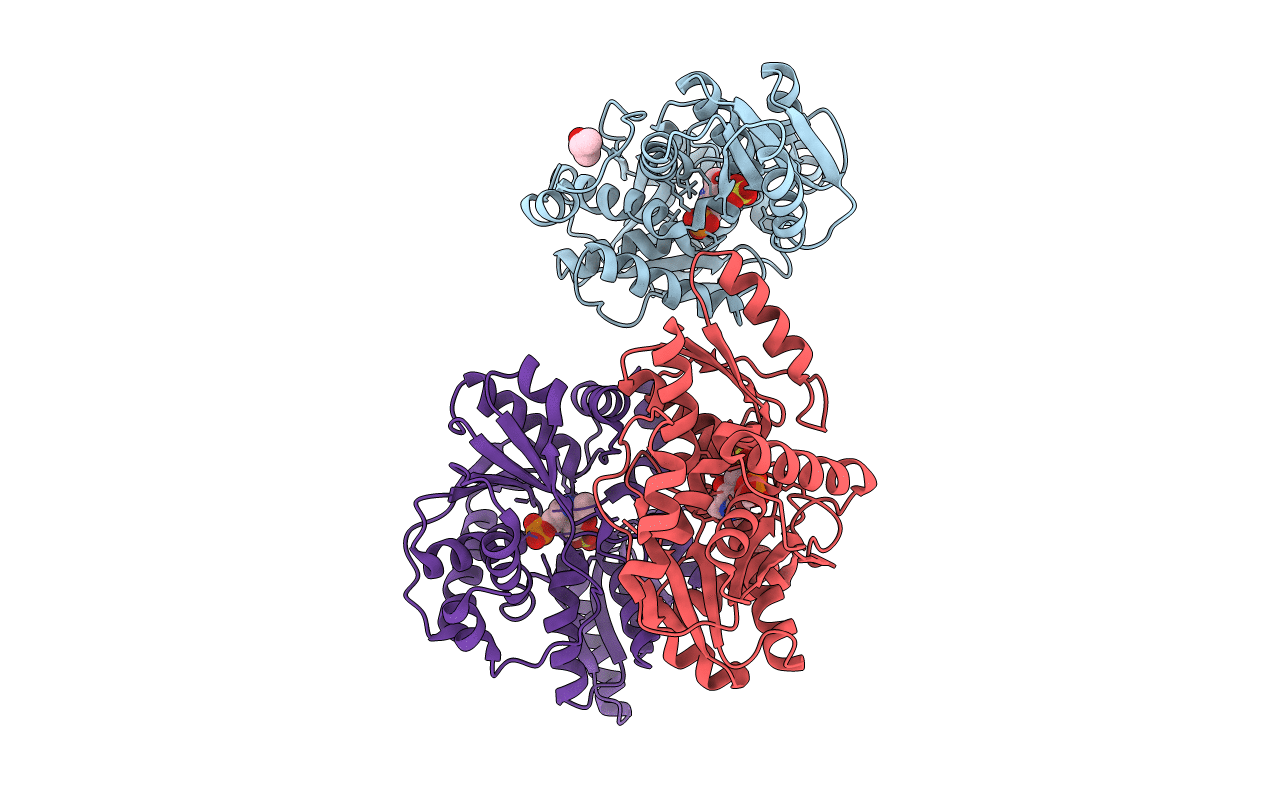
Deposition Date
2002-11-12
Release Date
2003-05-12
Last Version Date
2023-12-27
Entry Detail
Biological Source:
Source Organism:
Pyrococcus horikoshii (Taxon ID: 70601)
Host Organism:
Method Details:
Experimental Method:
Resolution:
2.50 Å
R-Value Free:
0.26
R-Value Work:
0.20
Space Group:
P 32 2 1


